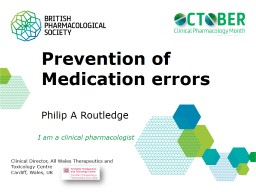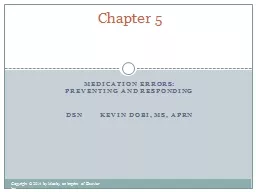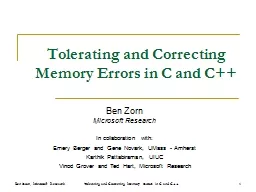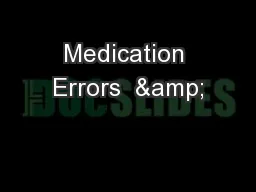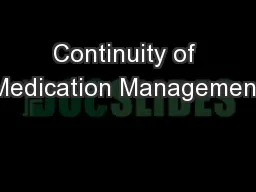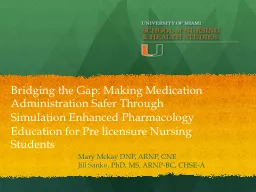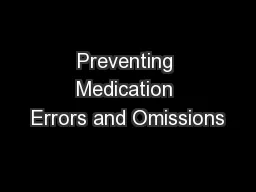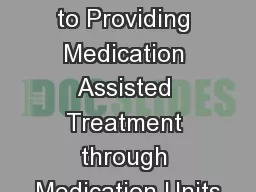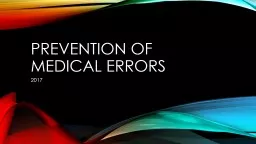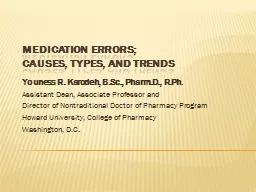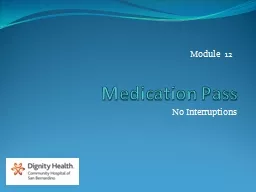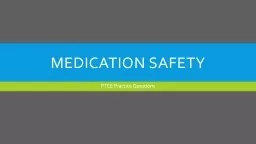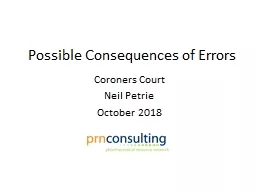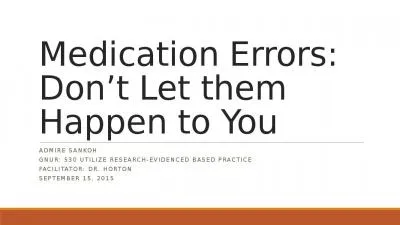PPT-Prevention of Medication errors
Author : ivy | Published Date : 2023-07-26
Philip A Routledge James Coulson All Wales Therapeutics and Toxicology Centre Cardiff Wales UK Case Study A 44 yearold woman had a urinary tract infection and was
Presentation Embed Code
Download Presentation
Download Presentation The PPT/PDF document "Prevention of Medication errors" is the property of its rightful owner. Permission is granted to download and print the materials on this website for personal, non-commercial use only, and to display it on your personal computer provided you do not modify the materials and that you retain all copyright notices contained in the materials. By downloading content from our website, you accept the terms of this agreement.
Prevention of Medication errors: Transcript
Download Rules Of Document
"Prevention of Medication errors"The content belongs to its owner. You may download and print it for personal use, without modification, and keep all copyright notices. By downloading, you agree to these terms.
Related Documents

